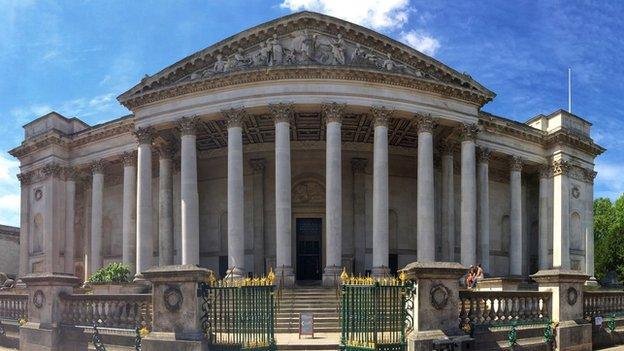Bronze sculptures 'may be by Michelangelo'
- Published

The bronzes have most recently been attributed to the Dutch sculptor Willem Danielsz Van Tetrode
Two obscure bronze sculptures may actually be by Michelangelo, a team of international researchers believes.
If the attribution is correct, the works will be the only surviving Michelangelo bronzes in the world.
The sculptures, of naked, muscular men riding on panthers, had been attributed to Michelangelo in the 19th Century but that theory had long been dismissed.
Cambridge University experts led the team and the sculptures will go on show at the city's Fitzwilliam Museum.
Dr Victoria Avery, keeper of the applied arts department at the Fitzwilliam, said: "It has been fantastically exciting to have been able to participate in this ground-breaking project, which has involved input from many art historians in the UK, Europe and the States, and to draw on evidence from conservation scientists and anatomists."
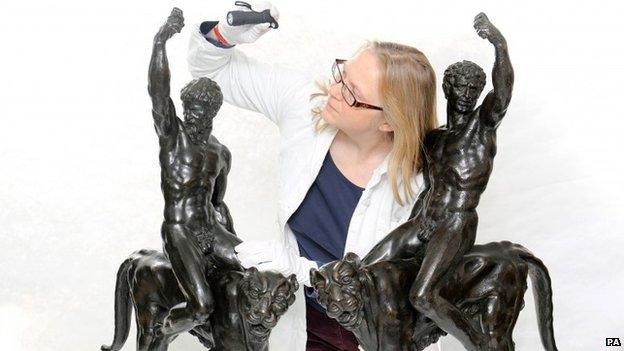
One of the figures was sketched in a 1508 drawing by a student of Michelangelo
The bronzes have most recently been attributed to the Dutch sculptor Willem Danielsz Van Tetrode and the 19th Century belief the sculptures were by Michelangelo had been dismissed by experts for at least a century.
This changed last autumn, when Paul Joannides, emeritus professor of art history at the University of Cambridge, connected them to a tiny detail in a 16th Century drawing held in the Musee Fabre in Montpellier, France.
One of Michelangelo's apprentices had copied various slightly earlier lost sketches by his master and in the corner of one was a drawing of a muscular youth riding a panther.
Its pose is very similar to that of one of the bronzes and is drawn with the same style used by Michelangelo in his designs for sculpture.
Dr Victoria Avery is convinced the bronze statues are the work of Michelangelo
The bronzes were compared with other works by Michelangelo and found to be very similar in style and anatomy to his works of 1500-1510. The date was confirmed by the preliminary conclusions of initial scientific analysis.
Using X-ray, the team established the cast were thick walled and heavy - an indication that they date to the late 15th or early 16th Century.
Research is continuing and the final conclusion will be presented in July.
The bronzes, which are currently on loan to the Fitzwilliam Museum from a private collection, will be on display until 9 August.
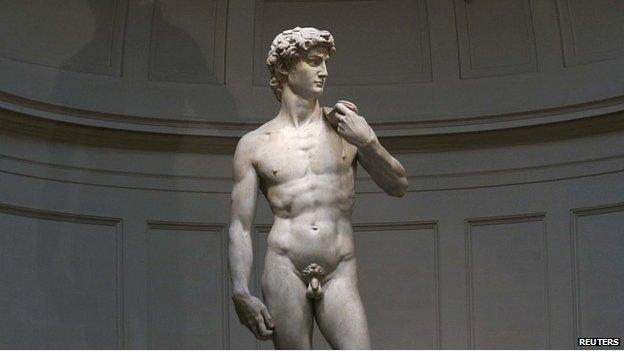
The bronzes would have been made just after Michelangelo completed David
- Published11 July 2011
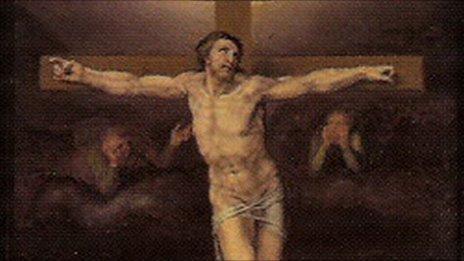
- Published1 May 2014
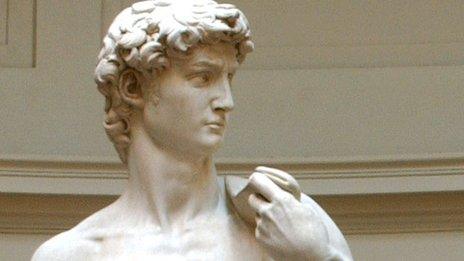
- Published8 March 2014
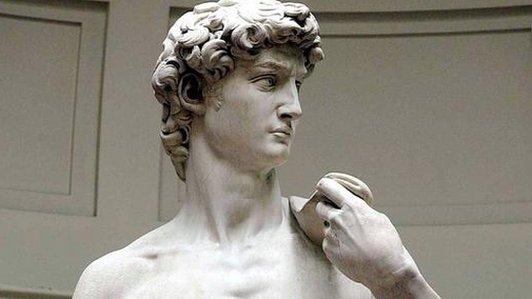
- Published3 October 2014
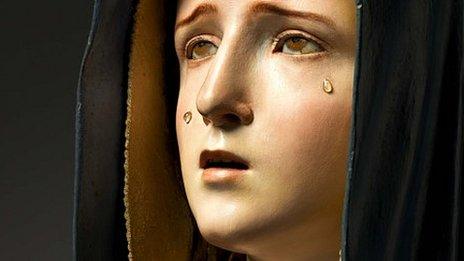
- Published10 August 2014
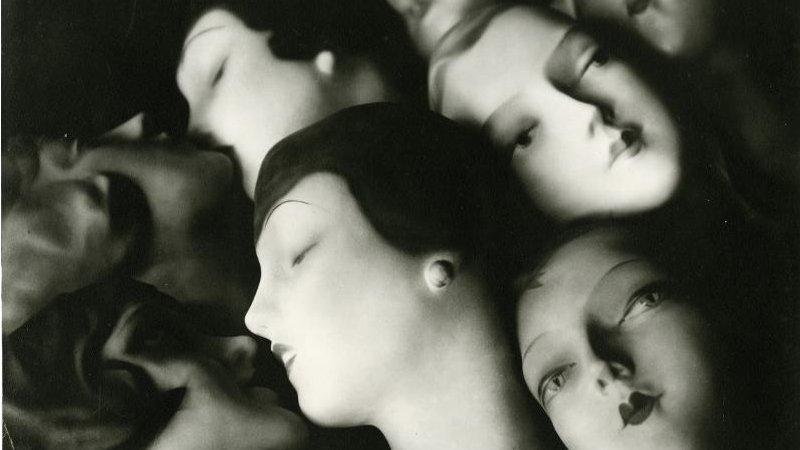
- Published5 July 2014
